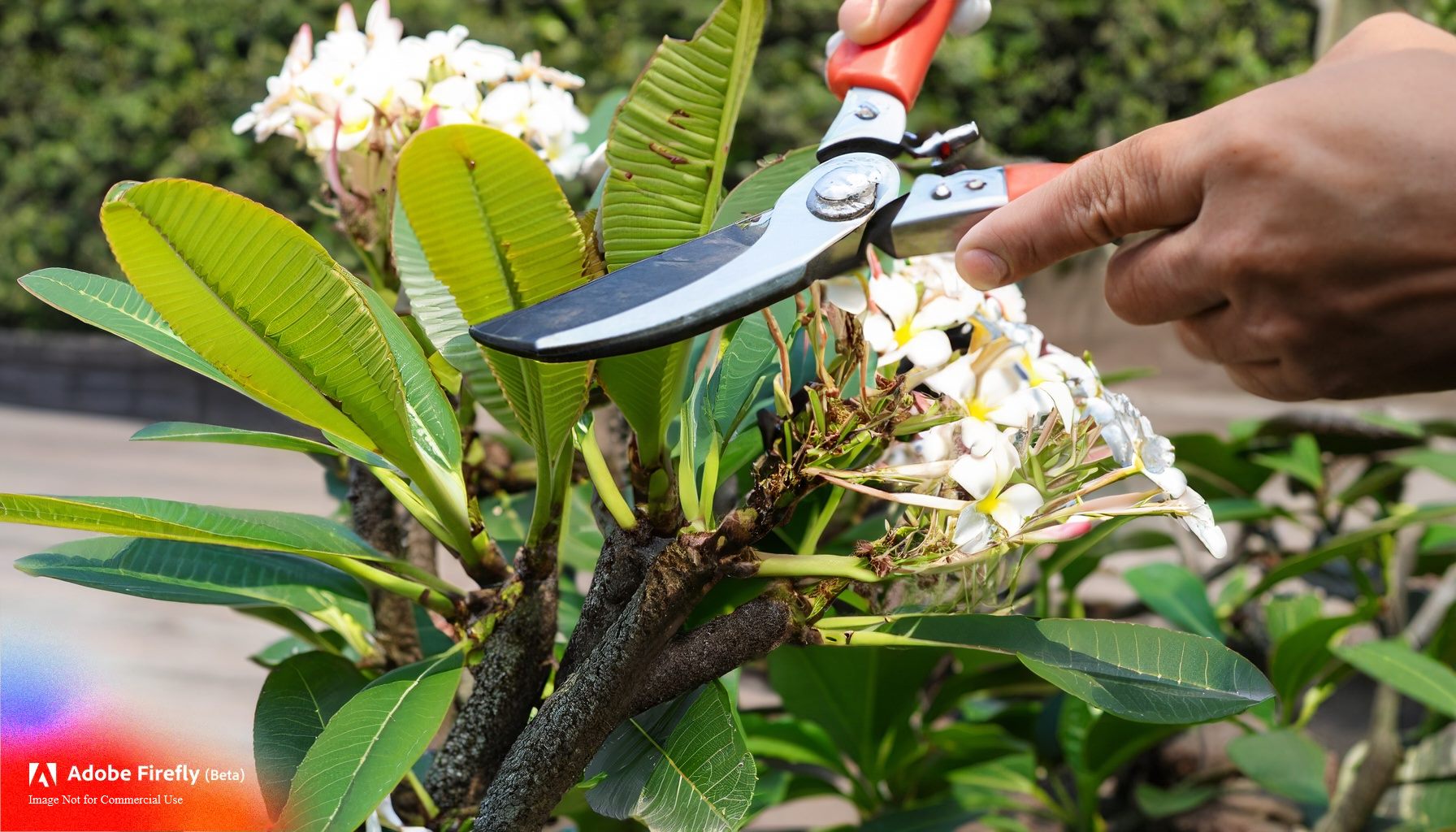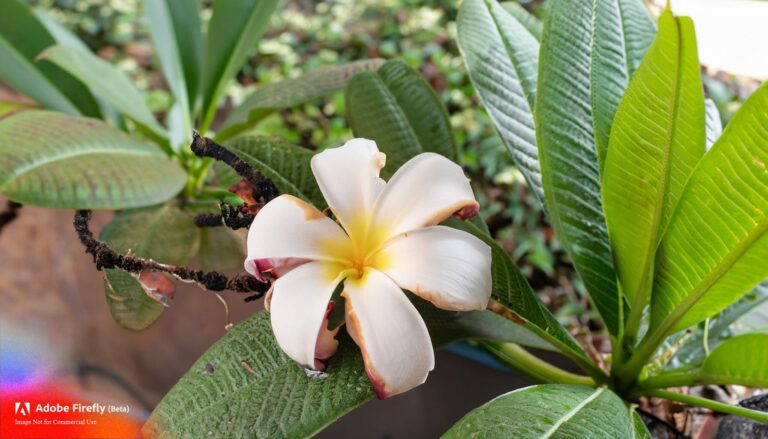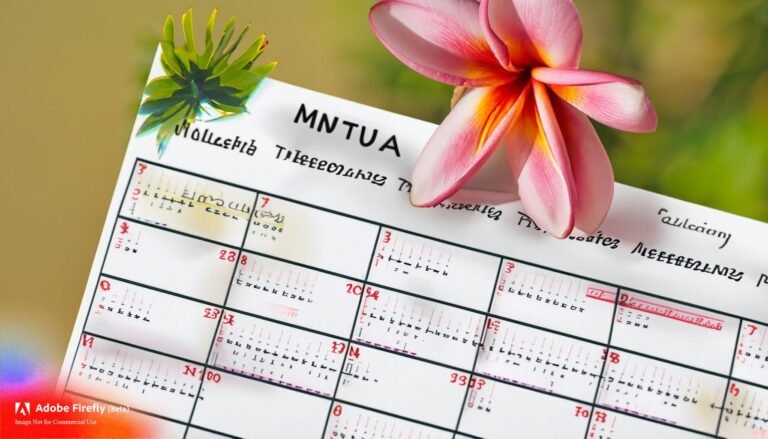
Pruning is a valuable practice to maintain the health, aesthetics, and size of your plumeria plant. When it comes to achieving a compact shape, strategic pruning plays a crucial role. By selectively trimming branches and encouraging branching at desirable points, you can create a neat, well-proportioned, and visually pleasing plumeria. In this guide, we’ll walk you through the steps to effectively prune your plumeria for a compact shape.
Benefits of Pruning for a Compact Shape:
- Aesthetic Appeal: A compact plumeria looks tidy and visually appealing, enhancing the beauty of your garden or indoor space.
- Optimal Growth: Pruning redirects the plant’s energy towards active growth and flowering, promoting a more vibrant and robust plant.
- Better Air Circulation: A compact shape allows for improved air circulation, reducing the risk of fungal diseases and promoting healthier leaves.
- Ease of Maintenance: Well-pruned plumerias are easier to care for and navigate around, simplifying routine maintenance tasks.
Pruning Techniques for a Compact Shape:
- Start with Young Plants:
- Begin pruning for a compact shape when the plumeria is relatively young. This sets the foundation for a well-proportioned plant.
- Choose the Right Time:
- Prune during the dormant season (late winter to early spring) or right after flowering. Avoid pruning during the active growing phase.
- Gather Pruning Tools:
- Use clean and sharp pruning shears or loppers to make precise cuts.
- Assess the Plant:
- Stand back and observe the plumeria’s overall shape and structure. Identify areas that need pruning to achieve a balanced form.
- Remove Dead and Diseased Branches:
- Start by removing any dead, damaged, or diseased branches. Cut them back to healthy tissue.
- Thin Out Crowded Growth:
- Identify branches that are growing too closely together or crossing each other. Choose the stronger branch to keep and remove the weaker one.
- Selectively Trim Branches:
- Choose branches that are growing in the desired direction and trim them to promote branching and create a compact form.
- Encourage Upright Growth:
- If your plumeria has multiple stems, select one central leader and prune back competing stems to encourage an upright and uniform growth habit.
- Maintain a Tapered Shape:
- Trim upper branches slightly shorter than lower branches to create a tapered and aesthetically pleasing silhouette.
- Limit Branch Length:
- To control the size and shape, trim branches to a length that suits your desired compactness.
Tips for Successful Pruning:
- Gradual Pruning: It’s better to prune conservatively and make multiple pruning sessions over time, rather than removing too much at once.
- Avoid Drastic Cuts: Avoid cutting large branches abruptly, as it can shock the plant. Opt for gradual reductions if necessary.
- Step Back: Regularly step back and assess your progress to ensure you’re achieving the desired compact shape.
- Pruning Sealant (Optional): Some gardeners choose to use a pruning sealant on larger cuts to prevent disease entry. However, plumerias generally heal well without it.
- Sterilize Tools: Before pruning, disinfect your pruning tools to prevent the spread of diseases.
- Regular Maintenance: Plan for regular maintenance pruning to keep your plumeria in its desired compact shape.
Conclusion:
Pruning your plumeria for a compact shape involves careful consideration, strategic cuts, and patience. By following the right techniques and taking the time to achieve a well-proportioned form, you’ll create a plumeria that not only adds to the beauty of your surroundings but also flourishes in health and vibrancy. With proper pruning, your plumeria will thrive as a neat and compact plant, enhancing your garden or indoor space for years to come.






